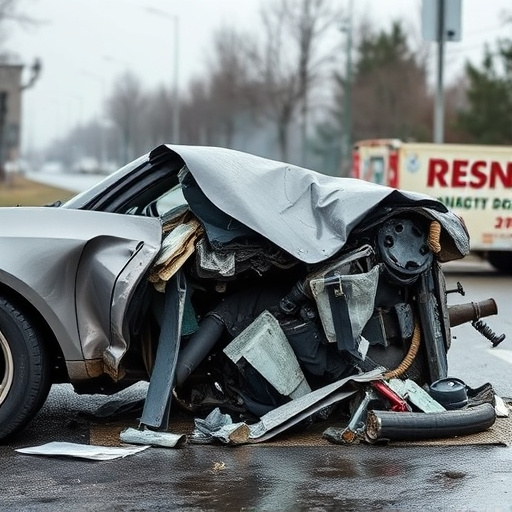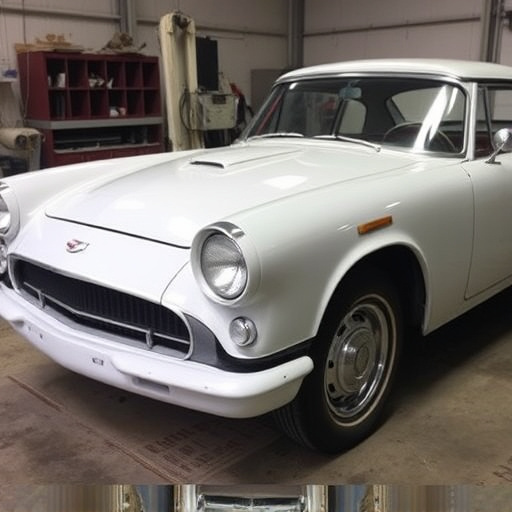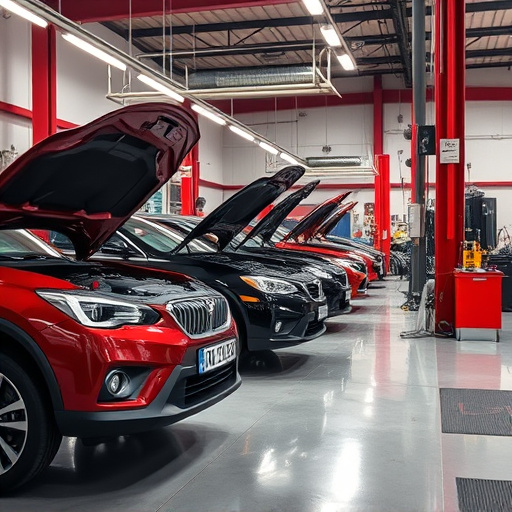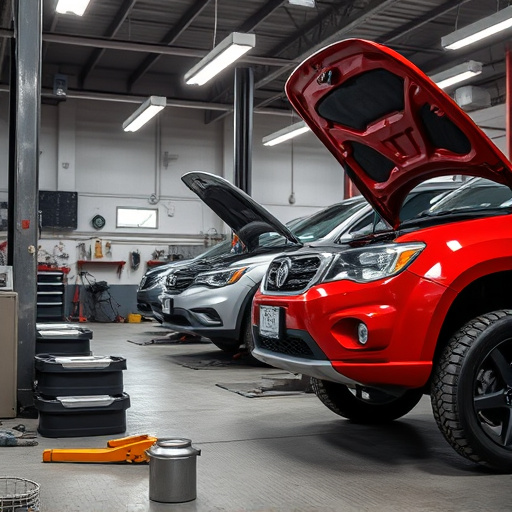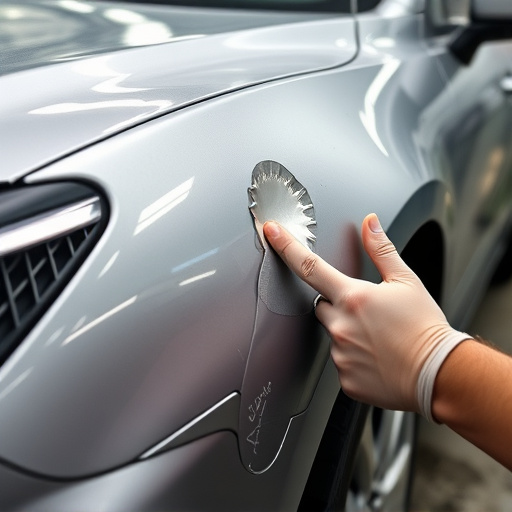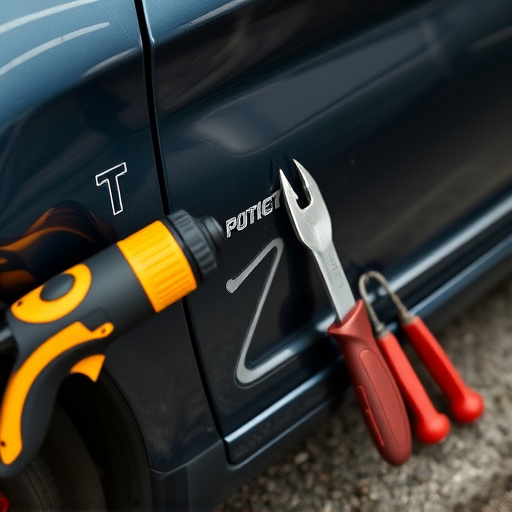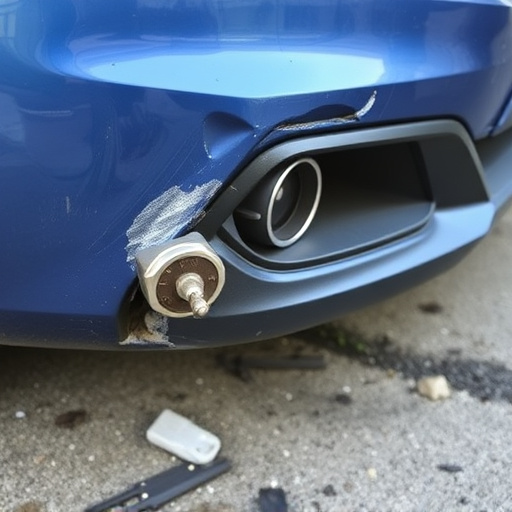Advanced welding techniques, powered by robotics and technology, have transformed manufacturing, aerospace, and auto repairs with enhanced precision and speed. These innovations demand stringent safety measures including PPE, fire suppression, and specialized training for methods like laser welding. Technology integration through CAD software, sensors, and data analysis further improves efficiency in tasks like auto glass and body repair, setting new standards across industries.
“Unleash the potential of modern fabrication with an in-depth look at advanced welding techniques. This article guides you through the transformative processes, from specialized welding methods that refine industry standards to cutting-edge safety measures ensuring optimal workplace protection. We explore how technology enhances precision and efficiency, revolutionizing traditional practices. Discover the next steps in welding, where innovation meets precision, and learn how these techniques are shaping the future of manufacturing.”
- Exploring Specialized Welding Processes
- Implementing Advanced Safety Measures
- Enhancing Precision and Efficiency Through Technology
Exploring Specialized Welding Processes

The world of advanced welding techniques offers a fascinating glimpse into the future of fabrication and repairs. Beyond the conventional methods, specialized processes have emerged to cater to the unique demands of various industries. These include robotics and automated systems that enhance precision and speed in complex joins, ideal for demanding applications in manufacturing and aerospace. Additionally, new techniques like laser welding and plasma cutting provide unparalleled accuracy and efficiency, making them indispensable in sectors requiring intricate and high-quality assembly, such as medical device fabrication.
When it comes to practical applications, auto body repair stands out as a prime example. After all, the automotive industry heavily relies on advanced welding to fix fender benders and other accidents, ensuring vehicles return to their pre-incident condition. These specialized processes not only speed up the repair process but also guarantee structural integrity, safety, and aesthetics—crucial aspects in vehicle repair services and auto body repair, where customers expect nothing but the best.
Implementing Advanced Safety Measures
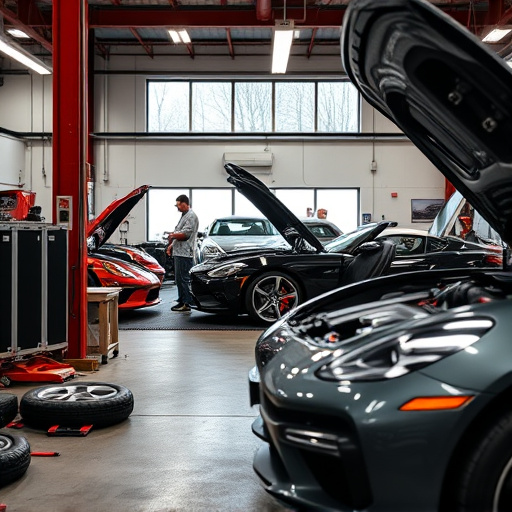
As the adoption of advanced welding techniques grows, so too does the importance of safety. These intricate processes often involve high heat, powerful machines, and potentially hazardous materials, making it imperative to prioritize worker protection. Implementing comprehensive safety measures, such as personal protective equipment (PPE), fire suppression systems, and well-maintained machinery, is non-negotiable for any shop employing advanced welding techniques.
Furthermore, staying up-to-date with industry standards and regulations is crucial. Techniques like laser welding or robot-assisted arc welding require specialized training and knowledge to ensure the safety of both the operator and surrounding materials. For instance, proper ventilation is essential when working with metals that release harmful fumes during welding, while using advanced tools for paintless dent repair or car scratch repair requires precise control to prevent damage to the vehicle’s bodywork.
Enhancing Precision and Efficiency Through Technology

The integration of technology into advanced welding techniques has revolutionized the precision and efficiency of the process. Automated systems, for instance, employ robotic arms that can execute complex weld patterns with unparalleled accuracy, reducing human error and improving overall productivity. These technological advancements are particularly beneficial in industries like automotive manufacturing, where precise welding is crucial for structural integrity and quality control. By implementing computer-aided design (CAD) software, welders can plan intricate layouts, ensuring every joint is perfectly aligned.
Furthermore, the use of advanced sensors and real-time data analysis allows for continuous monitoring of the welding process. This enables technicians to make immediate adjustments, optimizing the procedure for different materials and applications. As a result, tasks once considered time-consuming or challenging in auto repair services, auto glass repair, and car body restoration are now streamlined, fostering a new level of precision and efficiency in the field of advanced welding techniques.
As we’ve explored advanced welding techniques, from specialized processes to technological enhancements, it’s clear that the future of welding is precise, efficient, and safe. By implementing these innovative methods, industries can elevate their craftsmanship, streamline production, and ensure the well-being of their workers. With continued research and adoption of these advanced techniques, the welding landscape is poised for a transformative shift, shaping the way we build and create in the years to come.
